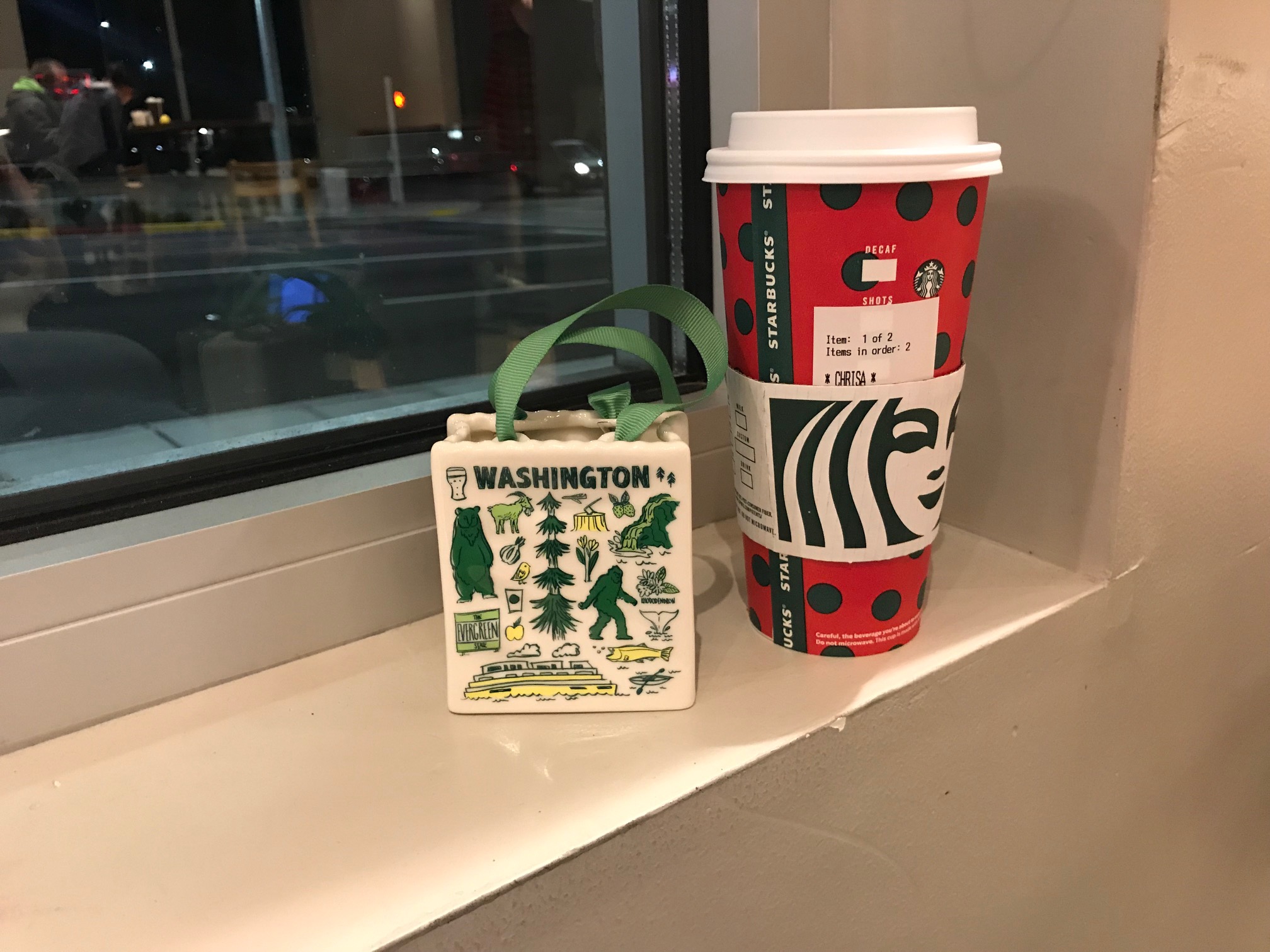2019 Starbucks Washington State bag Christmas ornament: 433 +/- 24 ppm Cadmium (40 ppm is unsafe for kids)
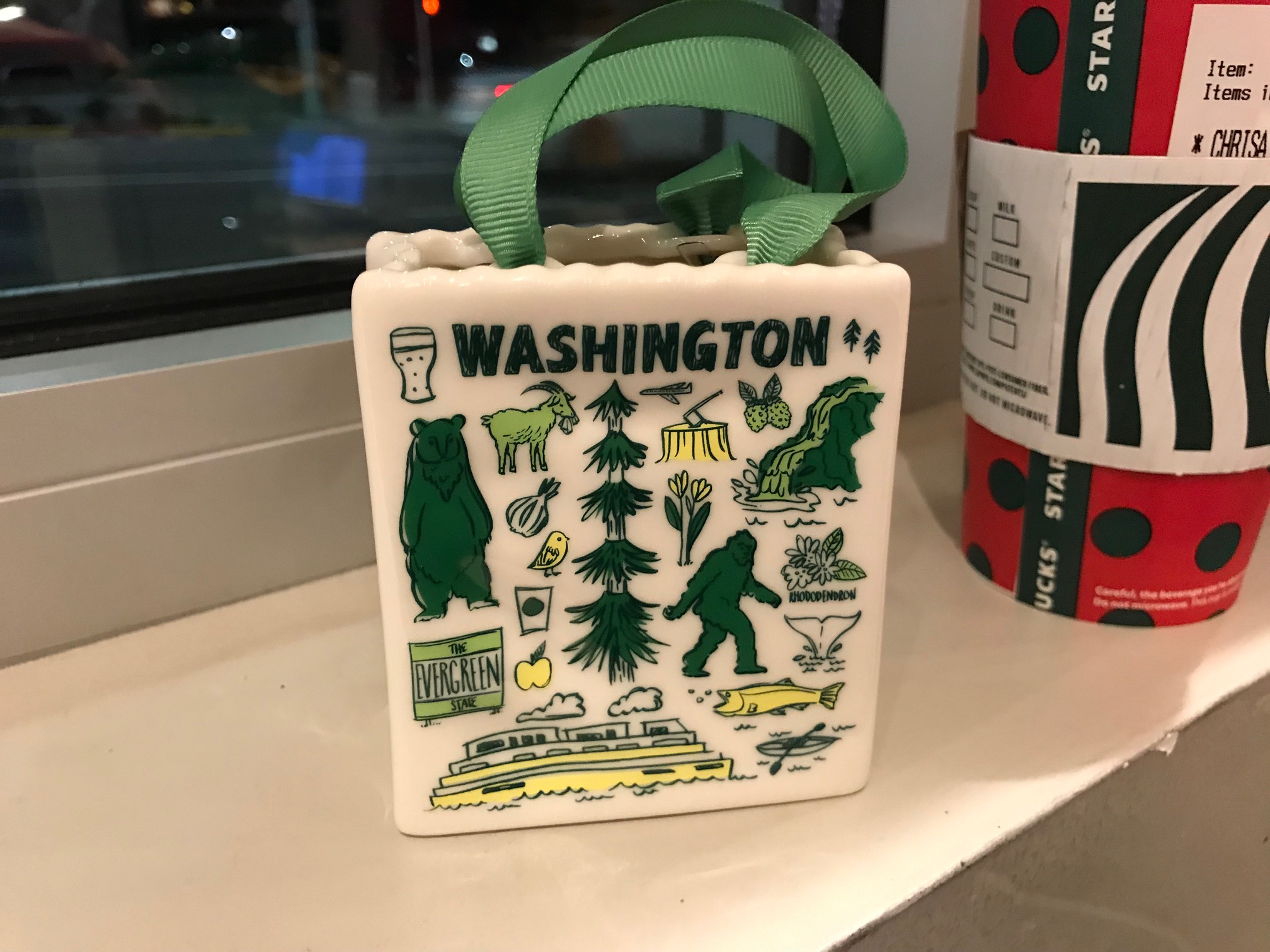
For those new to this website:
Tamara Rubin is a multiple-federal-award-winning independent advocate for childhood Lead poisoning prevention and consumer goods safety, and a documentary filmmaker. She is also a mother of Lead-poisoned children (two of her sons were acutely Lead-poisoned in 2005). Since 2009, Tamara has been using XRF technology (a scientific method used by the U.S. Consumer Product Safety Commission) to test consumer goods for toxicants (specifically heavy metals — including Lead, Cadmium, Mercury, Antimony, and Arsenic). Tamara’s work was featured in Consumer Reports Magazine in February 2023 (March 2023 print edition).
When tested with an XRF instrument, this Washington State ceramic bag Christmas ornament with a green ribbon (Who actually thought of this? Why is this a thing?!) — purchased new at a Starbucks store in Washington in 2019 — had the following readings:
- Cadmium (Cd): 433 +/- 24 ppm
- Barium (Ba): 999 +/- 202 ppm
- Chromium (Cr): 4,182 +/- 183 ppm
- Lead (Pb): Non-Detect / Negative
- Mercury (Hg): Non-Detect / Negative
- Arsenic (As): Non-Detect / Negative
- Antimony (Sb): Non-Detect / Negative
- Selenium (Se): Non-Detect / Negative
All tests were completed for a minimum of 60 seconds each using a freshly calibrated Niton XRF instrument (an XL3T XRF testing in “Consumer Goods” mode). Tests were repeated multiple times to confirm the results. All test results reported on this website are science-based, accurate, and replicable.
To read more about the concern for Cadmium in consumer goods, click here.
To see more Starbucks ornaments, click here.
To see another high-toxicant (high Lead, in this case) item from the Starbucks 2019 holiday collection, click here.
New to my website? Click here to learn a little more about who I am and how I test consumer goods for heavy metals!
Thank you for reading and for sharing this work.
As always, please let me know if you have any questions!
Tamara Rubin
#LeadSafeMama 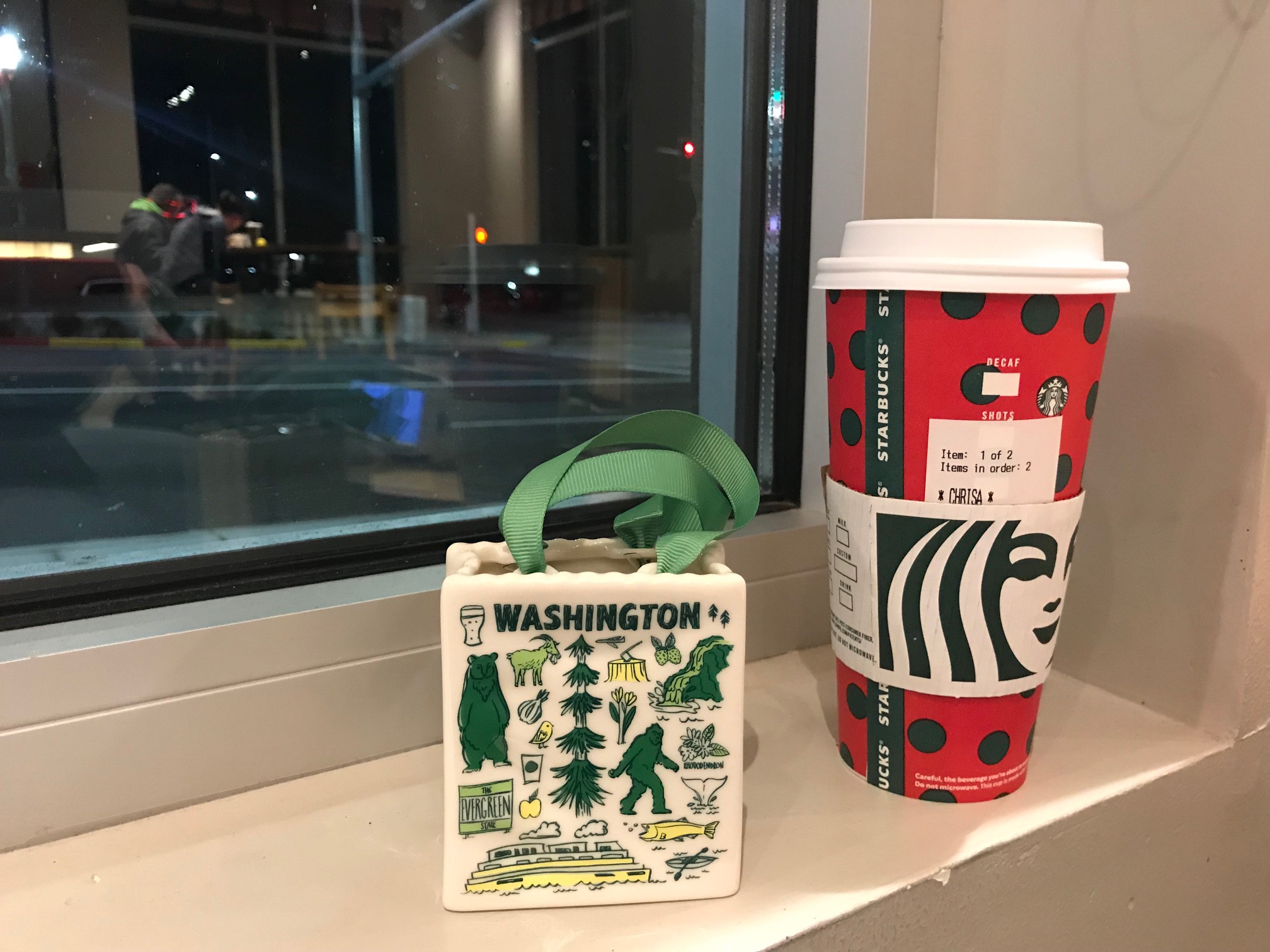
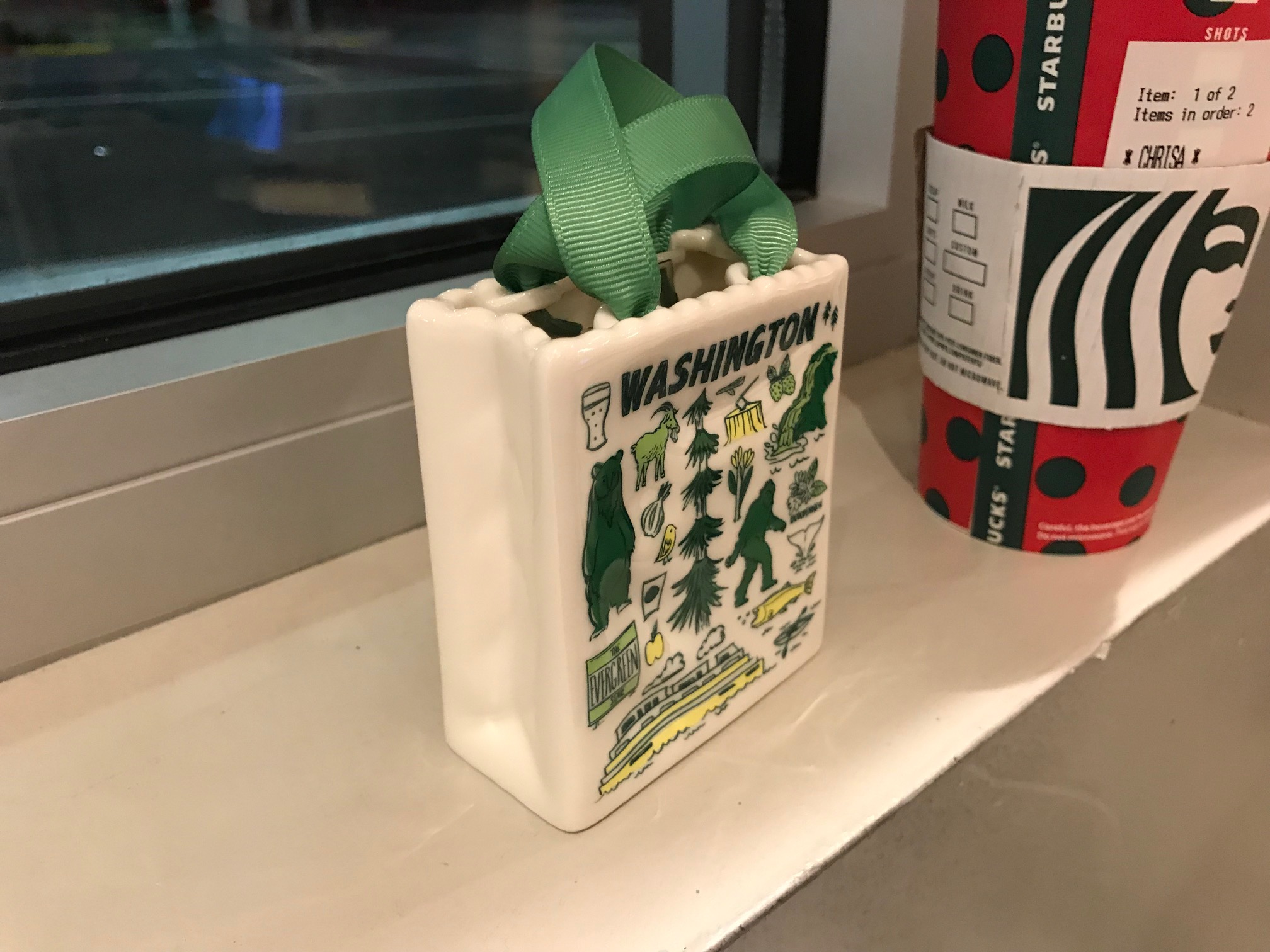
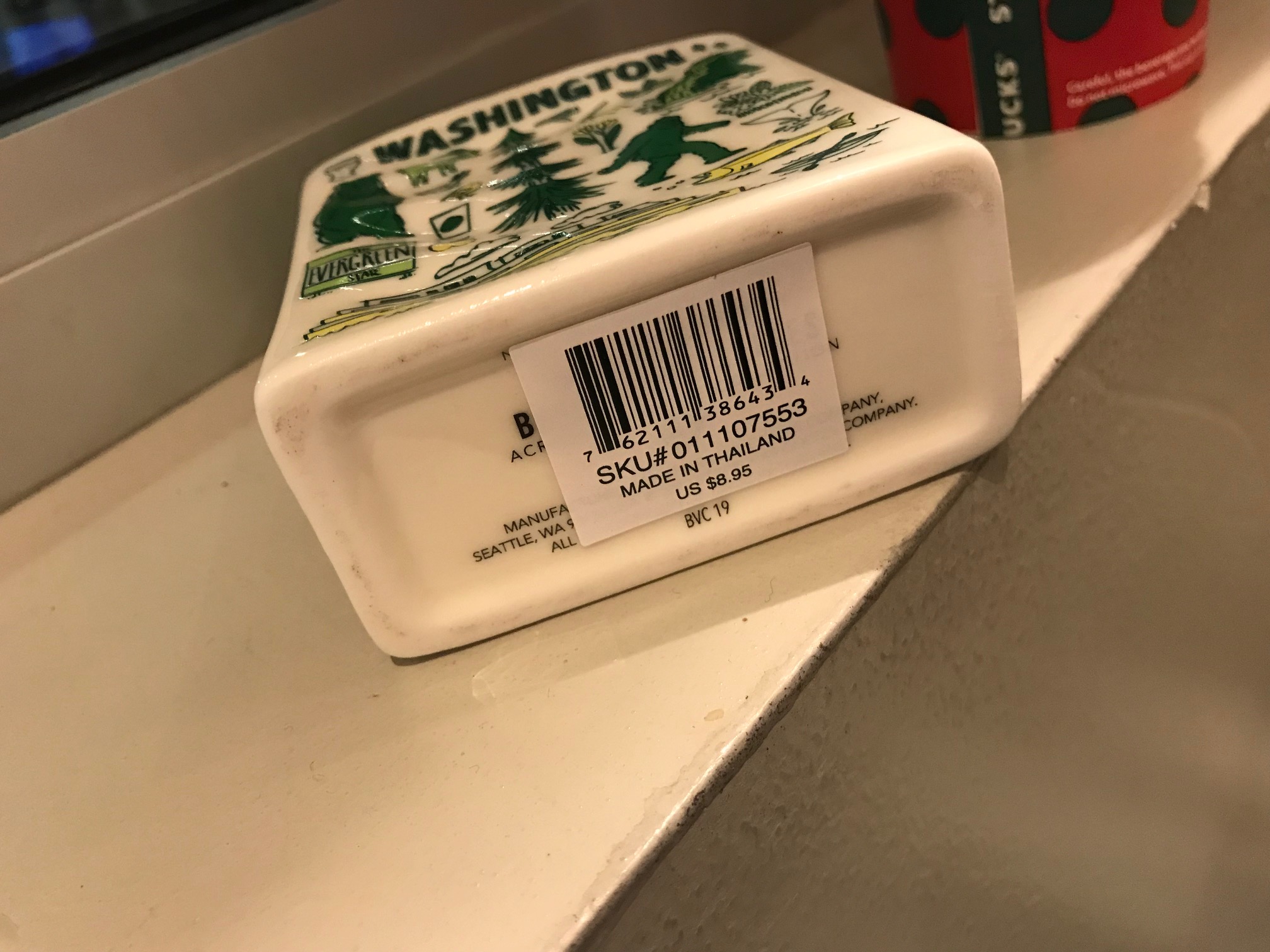
Never Miss an Important Article Again!
Join our Email List








